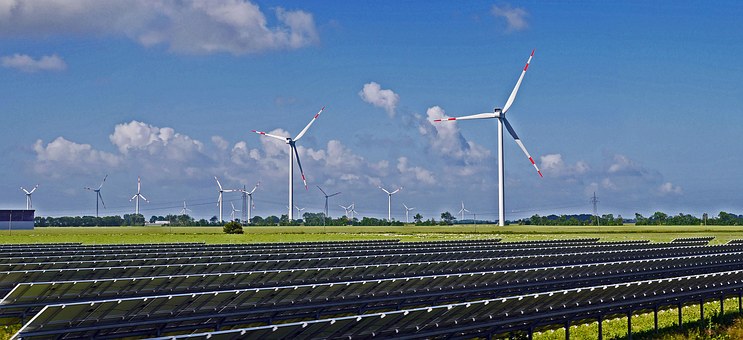Treasury Issues Guidance to Expand Reach of Clean Energy Tax Incentives, Drive Economic Growth

The U.S. Treasury Department and the Internal Revenue Service on June 14 provided guidance on important provisions within the 2022 Inflation Reduction Act, or IRA. The department plays a leading role in implementing the IRA, as much of the clean energy investment is delivered through tax incentives. The proposed guidance clarifies eligibility, processes, and addresses stakeholder concerns regarding the clean energy tax credits, providing clarity for governments, tax-exempt organizations, and businesses, while supporting the government to generate good-paying jobs, reduce energy costs for families, and drive American innovation in the clean energy sector. Simultaneously, the agencies also released information to encourage investment in communities affected by the decline of fossil energy industries, particularly coal communities.
Under the IRA, two new credit delivery mechanisms, namely elective pay (or direct pay) and transferability, enable various entities, including state, local, and Tribal governments, non-profit organizations, U.S. territories, and others, to access and benefit from clean energy tax credits. Prior to the introduction of these mechanisms, many entities, including governments, certain tax-exempt organizations, and businesses, faced limitations in fully utilizing tax credits aimed at promoting clean energy projects. The IRA seeks to address these limitations and ensure that a wider range of entities can leverage the incentives provided by clean energy tax credits.
The IRA enables tax-exempt and governmental entities to receive elective payments for 12 clean energy tax credits, covering a range of areas such as investment, production, electric vehicles, charging stations, advanced manufacturing, carbon dioxide sequestration, and clean hydrogen.
The IRA also allows businesses to transfer 11 clean energy credits to a third party for immediate tax-free funds if they don’t utilize elective pay. This helps businesses without sufficient tax liability to benefit from tax incentives and overcome financing challenges for projects.
The 2022 IRA expands and extends renewable energy tax credits, providing increased certainty for transmission development. Alongside the initiatives established by the 2021 Infrastructure Investment and Jobs Act, the U.S. energy department is utilizing over $20 billion in federal financing tools, including the $2.5 billion Transmission Facilitation Program, to support the construction of crucial transmission lines nationwide. The IRA allocates approximately $2.86 billion for electric transmission, including interregional and offshore wind transmission planning.
Proposed guidance released will undergo a 60-day public comment period.
EnerKnol Pulses like this one are powered by the EnerKnol Platform—the first comprehensive database for real-time energy policy tracking. Sign up for a free trial below for access to key regulatory data and deep industry insights across the energy spectrum.
ACCESS FREE TRIAL